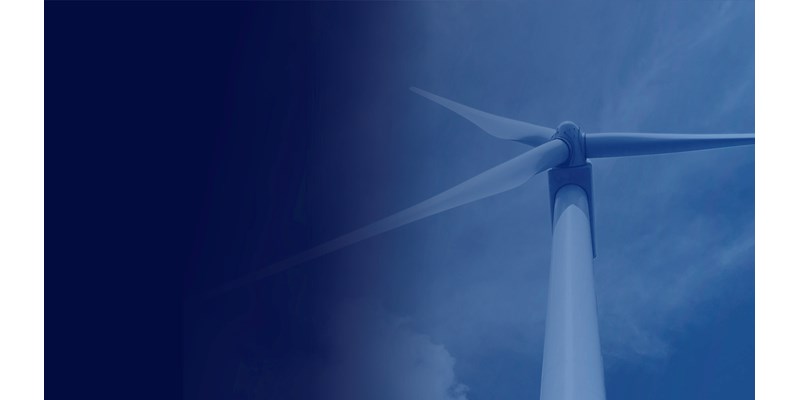3 minute read
Record prices in Europe's power markets set the scene for 2022. At the same time, wind and solar markets face the challenge of accelerating decarbonisation and a dynamic policy environment. Storage, too, faces ever-greater demands for flexibility to maintain the delicate balance of power supply and demand.
These are turbulent times and significant challenges lie ahead – along with ample opportunity. But what are the key themes and trends to watch out for in 2022?
This article is an introduction to European power & renewables: 5 things to look for in 2022. Fill in the form for your complimentary copy.
High wholesale power prices could be a market-changing issue
Peter Osbaldstone, Research Director, Europe Power & Renewables
Record prices have hit the headlines in recent months. But this isn't just a story of high gas, coal and carbon costs – power markets are materially tighter than they were pre-pandemic.
Gas prices will fall back in the spring. Power will follow them down. But for now we’re seeing something of a perfect storm. Retirements of coal and nuclear capacity (alongside availability issues in the French nuclear fleet) have tightened system margins. Hydro reserves in the Nordic markets, France and Spain started the year below average. If all that wasn’t enough, Europe’s transmission infrastructure is being stretched by the evolving supply mix, spreading high prices to even traditionally low-cost parts of the region.
While high wholesale prices are a bonus for some, they’re undeniably a double-edged sword, with political, commercial and economic implications. Affordability has become a major, potentially market-changing, issue for policy-makers.
Europe’s evolving policy landscape will shape the wind industry
Sohaib Malik, Principal Analyst, Onshore Wind and Søren Lassen, Principal Analyst, Offshore Wind
For onshore wind, Southern and Western Europe will be a focal point. Germany’s new ‘traffic light’ coalition, for example, has ambitious plans to reenergise the country's lacklustre energy transition, or Energiewende. Delivering that commitment will require new legislative measures to boost onshore wind development. The presidential election in France is also one to watch. The growing popularity of the anti-wind lobby is a cause for concern.
Offshore wind has an interesting year ahead too. Denmark, Netherlands and Germany all announced upgraded offshore wind targets at the end of 2021. Now these markets must develop clear roadmaps for the delivery of new generating capacity, defining – amongst other things – commercial terms, tender structures and timelines.
We could see more than 15 GW of offshore capacity awarded in auctions across Europe during 2022. These competitions will introduce some new aspects to the market, including the first commercial floating wind tender, new competitive parameters and negative subsidies.
Download the full report for more on the changing policy landscape for onshore wind, and new frontiers for offshore wind.
Can storage rise to the flexibility challenge?
Anna Darmani, Lead Analyst, Energy Storage
Balancing power supply and demand is becoming more challenging. On the demand side, the need for flexibility is increasing as renewable capacity grows and traditional thermal generators retire. On the supply side, investments in storage and increasing cross-border interconnection are saturating ancillary markets.
However, despite some testing market conditions, there are reasons for optimism. New doors to opportunity are opening. Several European countries are beginning to allow batteries access to new markets and to stack revenue. Belgium’s capacity auction, the fast frequency response tender in France, and multi-use regulation in Germany all create new opportunities for contracted revenues. Look for more developments of this type in 2022.
Read the full report for a more detailed look at the storage outlook.
A bright outlook for solar? And more key themes for 2022
The last 12 months delivered the worst global solar supply chain conditions to date, but are things looking brighter for Europe’s solar market in 2022? Read the full report for solar research analyst Daniel Tipping’s look at the year ahead.






